Many jewelry houses reached into their archives to capture the mood of contemporary glamour.
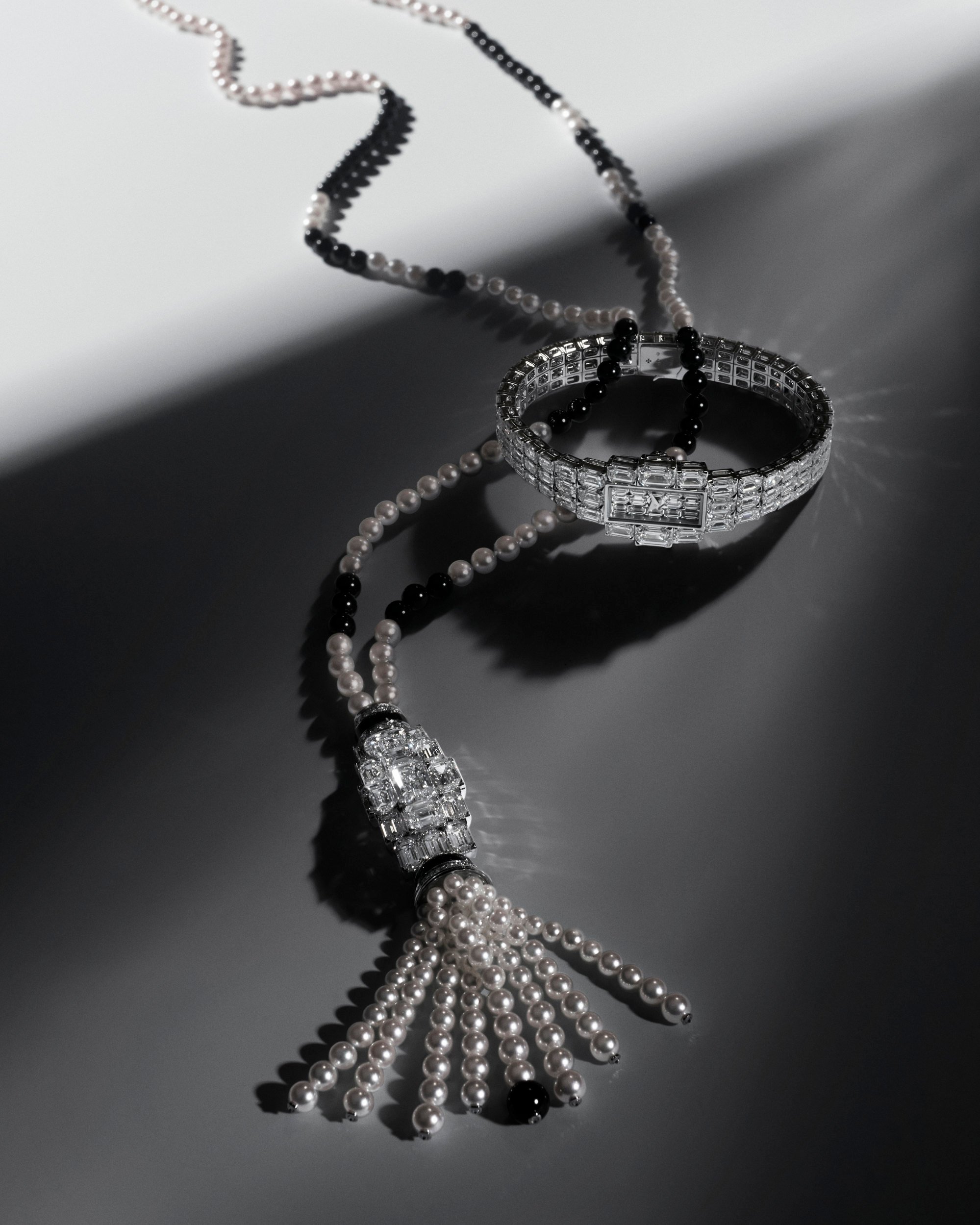
Vacheron Constantin has reinterpreted its 1979 Calista watch, the world’s most expensive timepiece at the time, with the new Grande Lady Cara. Set with dazzling baguette-cut diamonds, the timepiece can be worn as a necklace watch, a bracelet or as a pearl and onyx deco-style necklace.
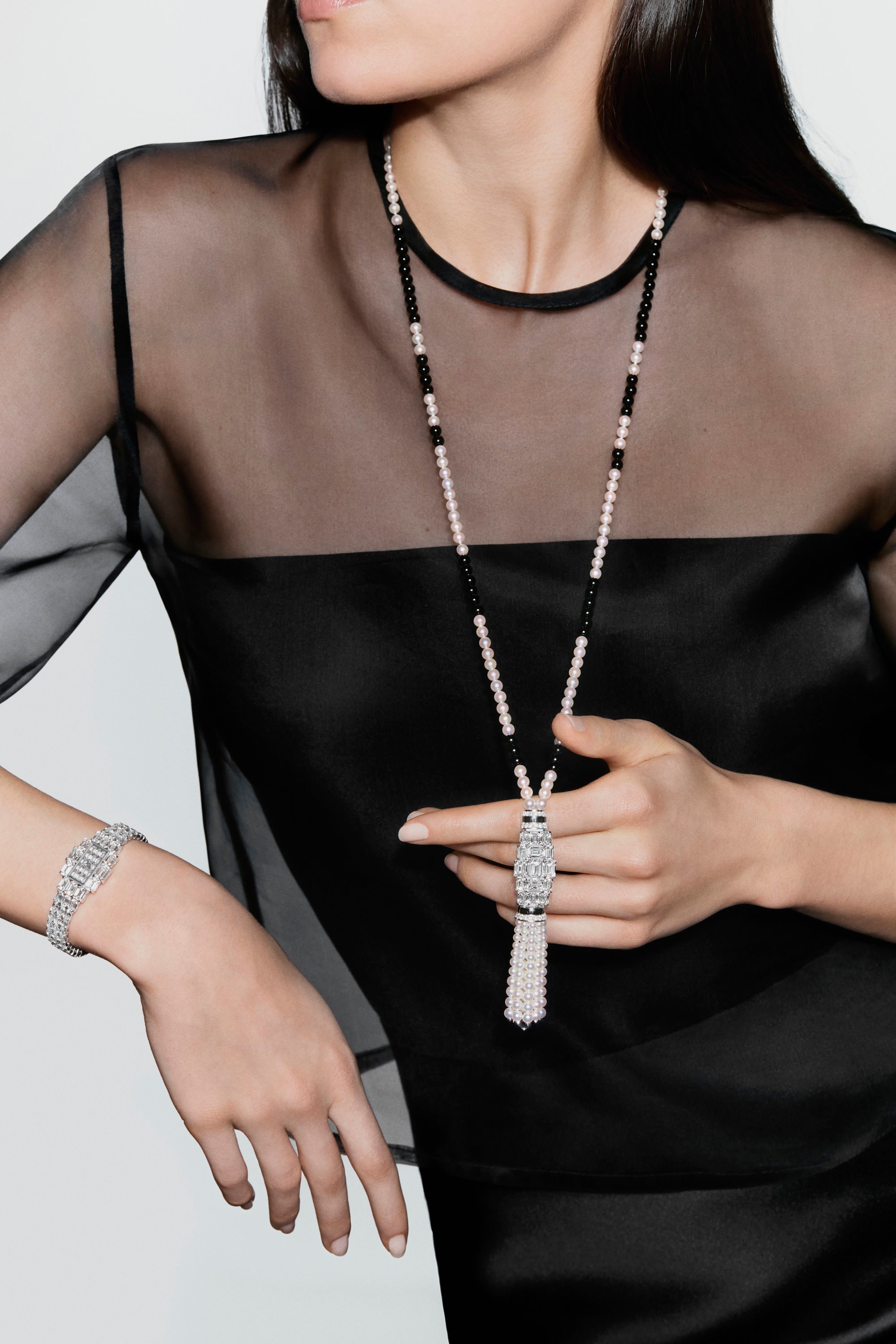
Sandrine Donguy, Vacheron Constantin’s director of product marketing and innovation, said the watch builds on the brand’s tradition of women’s and secret watches, particularly from a time when “it was considered impolite for a woman to tell the time.”
Dongui believes there are a few reasons why jewellery watches are resonating with customers: “They’re a trend that is very popular with customers. It’s a different way of wearing things. There’s a passion for luxury watches among women too, but that doesn’t mean they should be limited to watches on the wrist.”
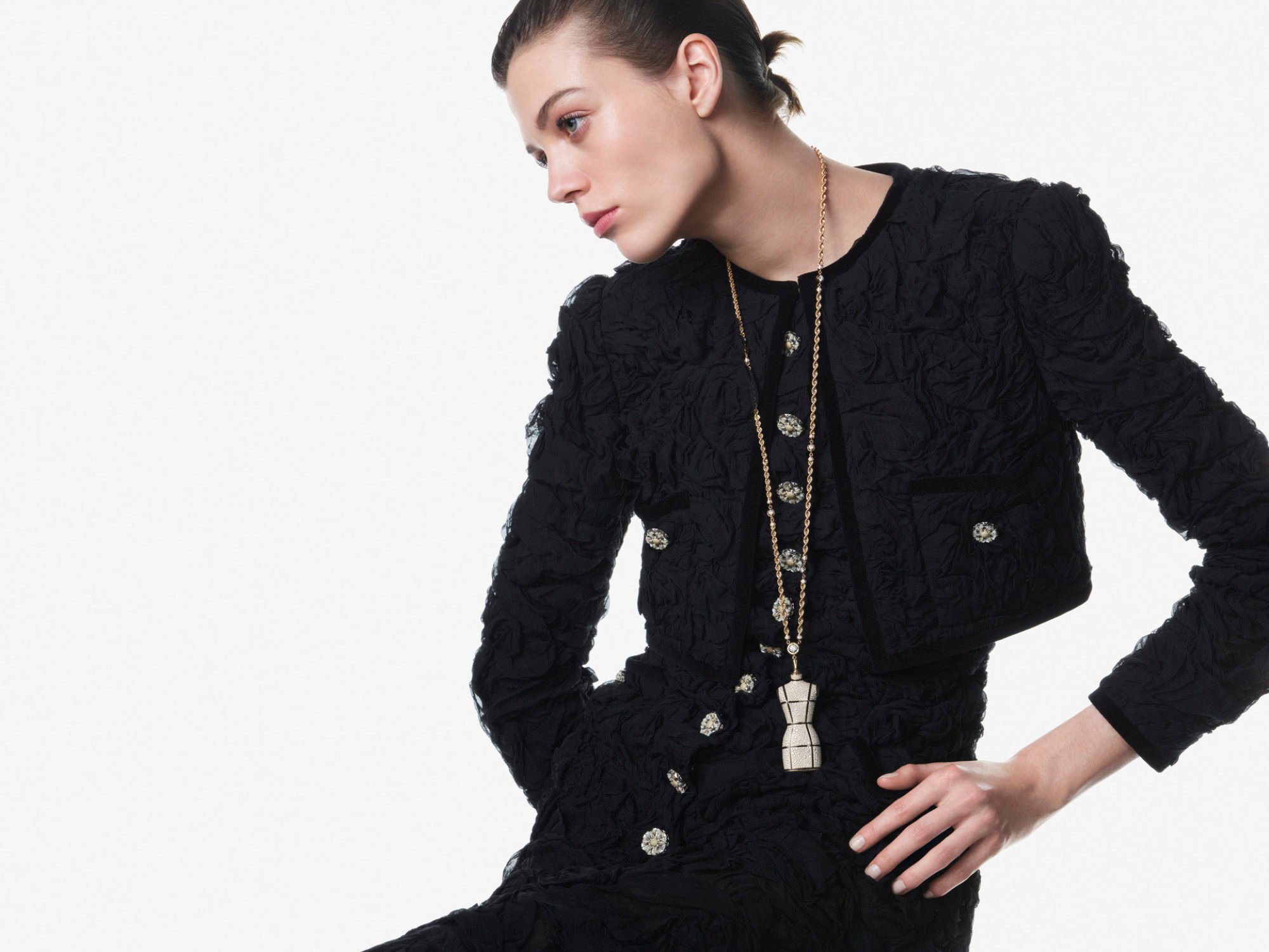
The idea of taking luxury timepieces off the wrist was also evident at Chanel, where Arnaud Chastain, director of the Chanel Watchmaking Creation Studio, added a playful touch to the designs. Chastain again drew inspiration from Chanel’s couture ateliers, creating a series of Sautoir necklaces with secret watches in the shape of a thimble, a safety pin and a dressmaker’s mannequin. Meanwhile, the Premiere watches are designed to be worn both as a necklace and as a belt, making them very unique. very Chanel.
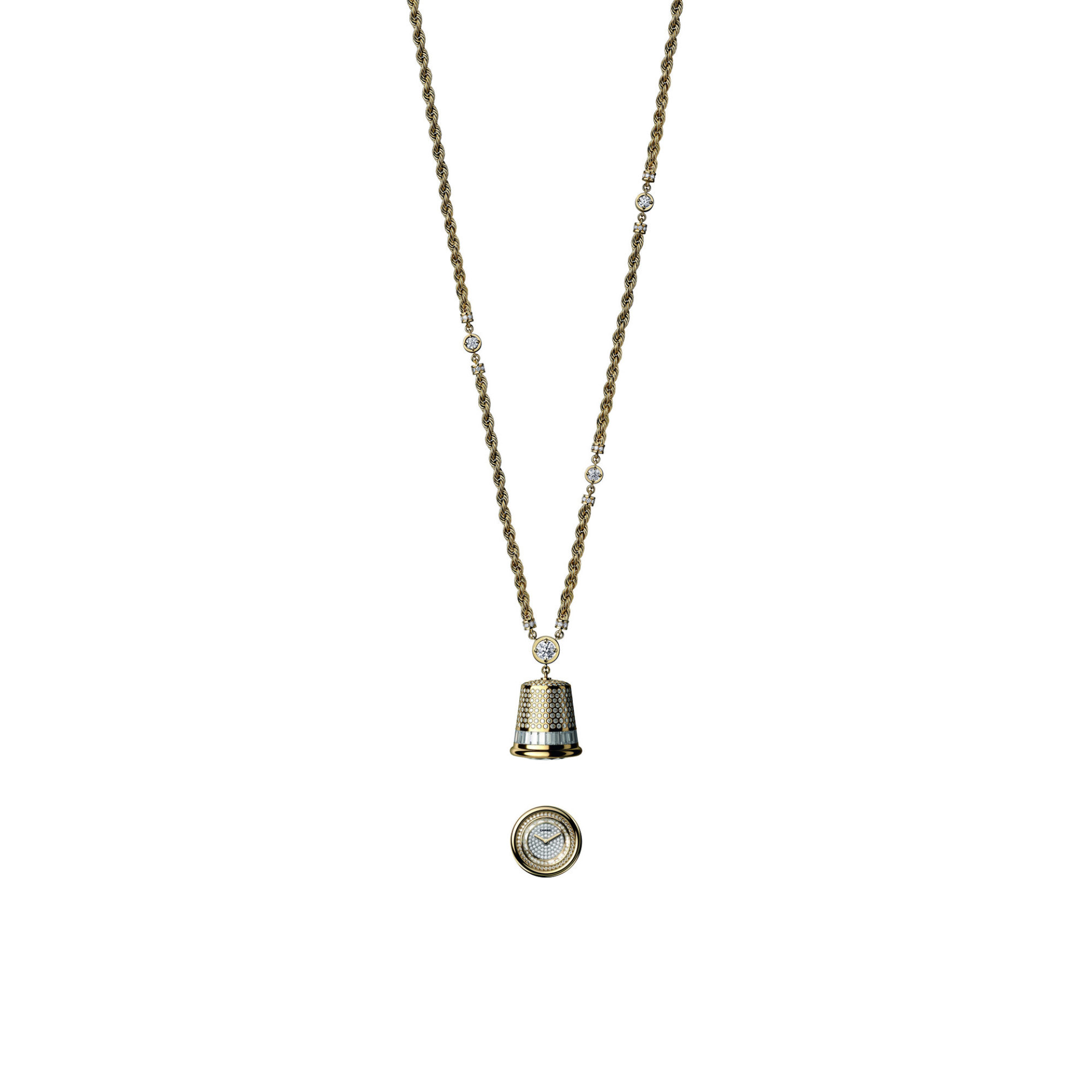
There’s certainly a lot of glamour in the air this year, but no brand has captured the glamour of a Capri yacht more than Piaget, more pensive.
Celebrating its 150th anniversary this year, the Swiss jewellery house is using its expertise in jewellery watches to evoke the golden age of the 1960s and 1970s, a time when the brand was synonymous with jet-set glamour.
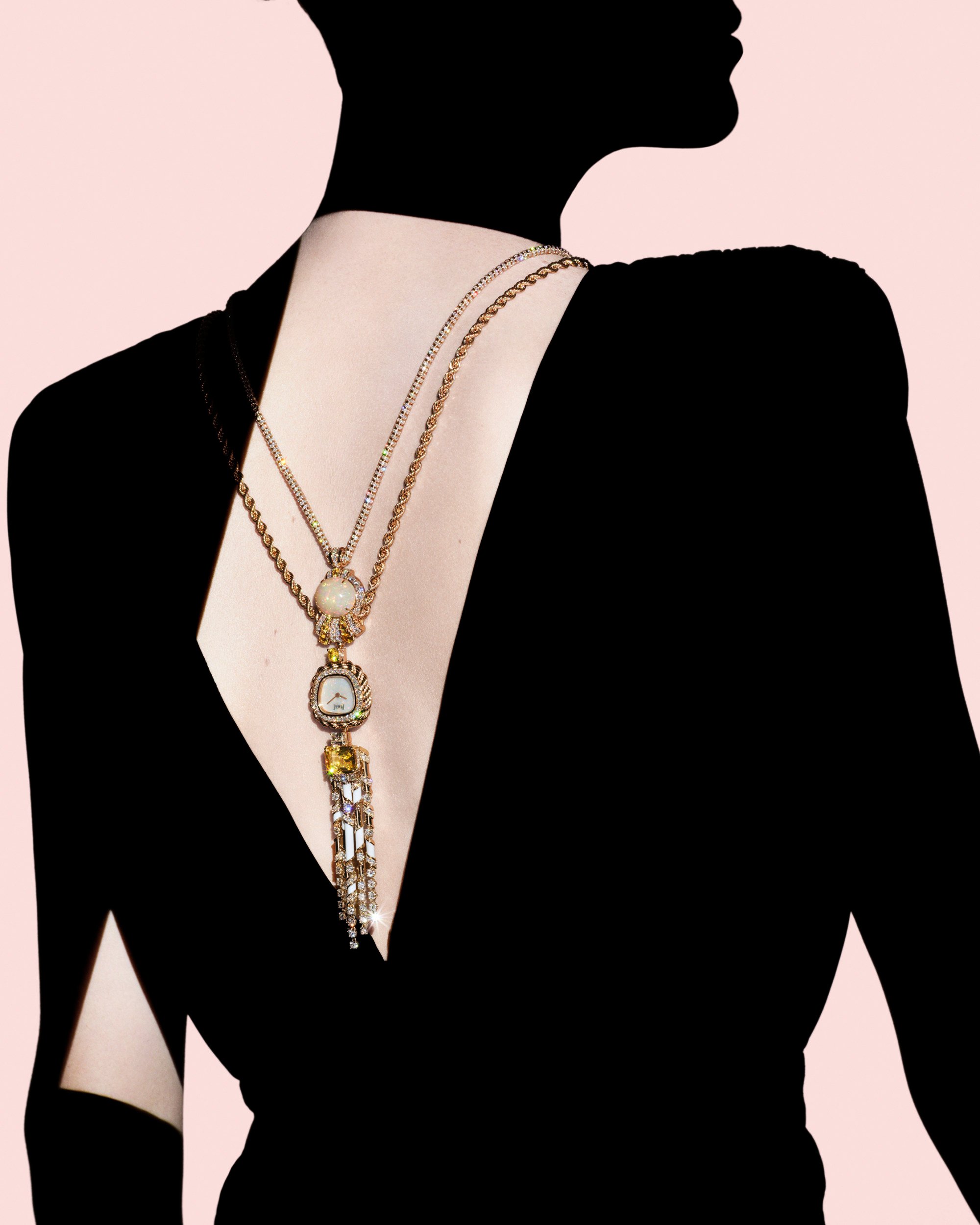
This year’s highlight was the Swinging Sautoir necklace watch with a round dial set on a twisted yellow gold chain. It’s perfect for martinis and the dance floor, especially on nights when time stands still or feels endless.
Jean-Bernard Folot, head of jewellery at Piaget, says there are a few reasons why the Swiss maison’s designs resonate so well: The 1970s was a liberating time for women, he says, and Piaget’s jewellery designers were particularly good at tapping into that atmosphere.
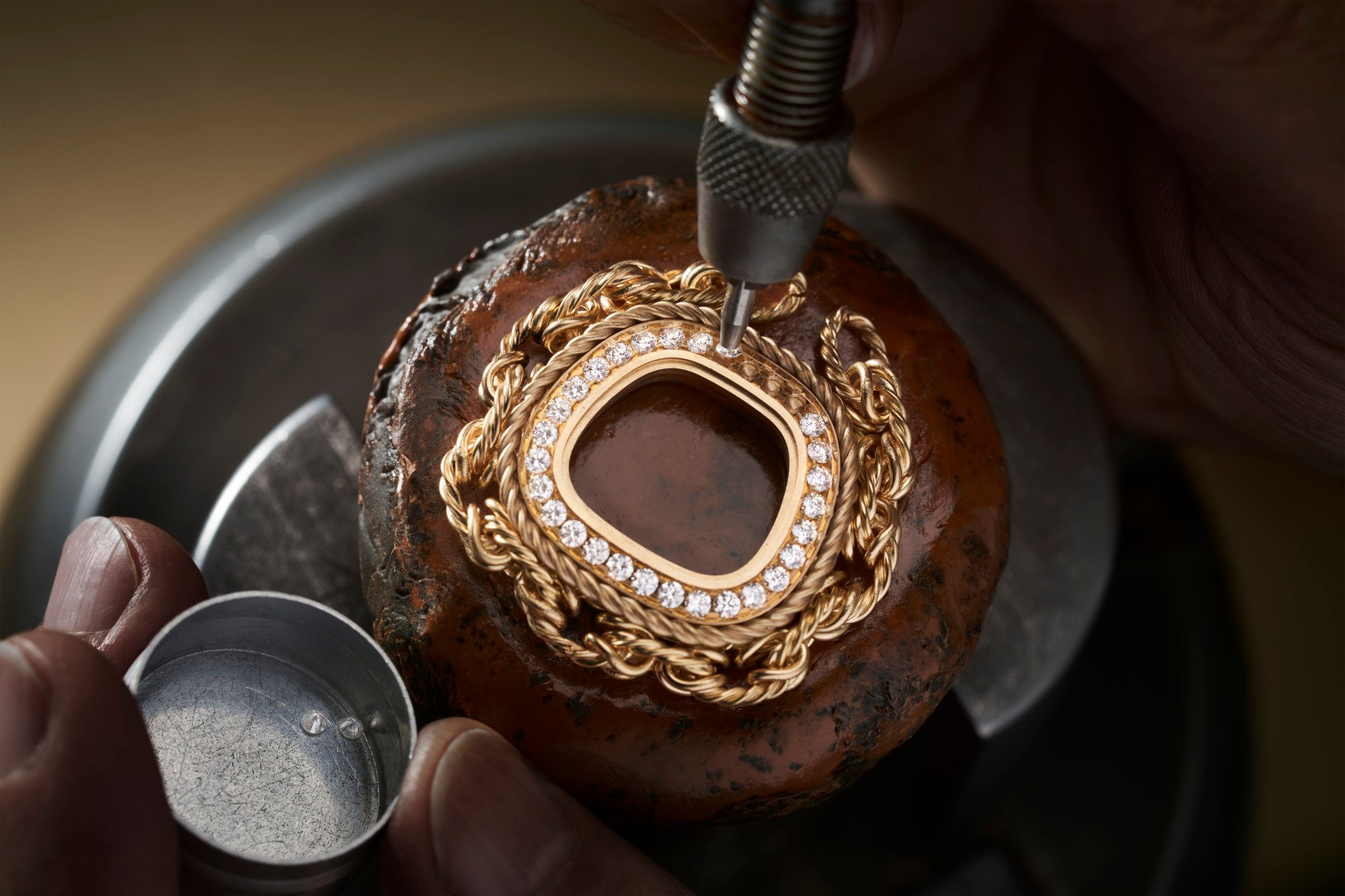
He said Piaget’s style was not just about abstract creations, but also about fitting comfortably with women. “Piaget had all the know-how in movements, components, goldsmithing, chain making, carving and engraving, so they could create any kind of design,” he added.
“We still melt gold… We have a rich palette, which we’ve mastered in-house, so I think it helped the house to have the freedom to express what was painted.”
Folo points out that sometimes it feels like attention.
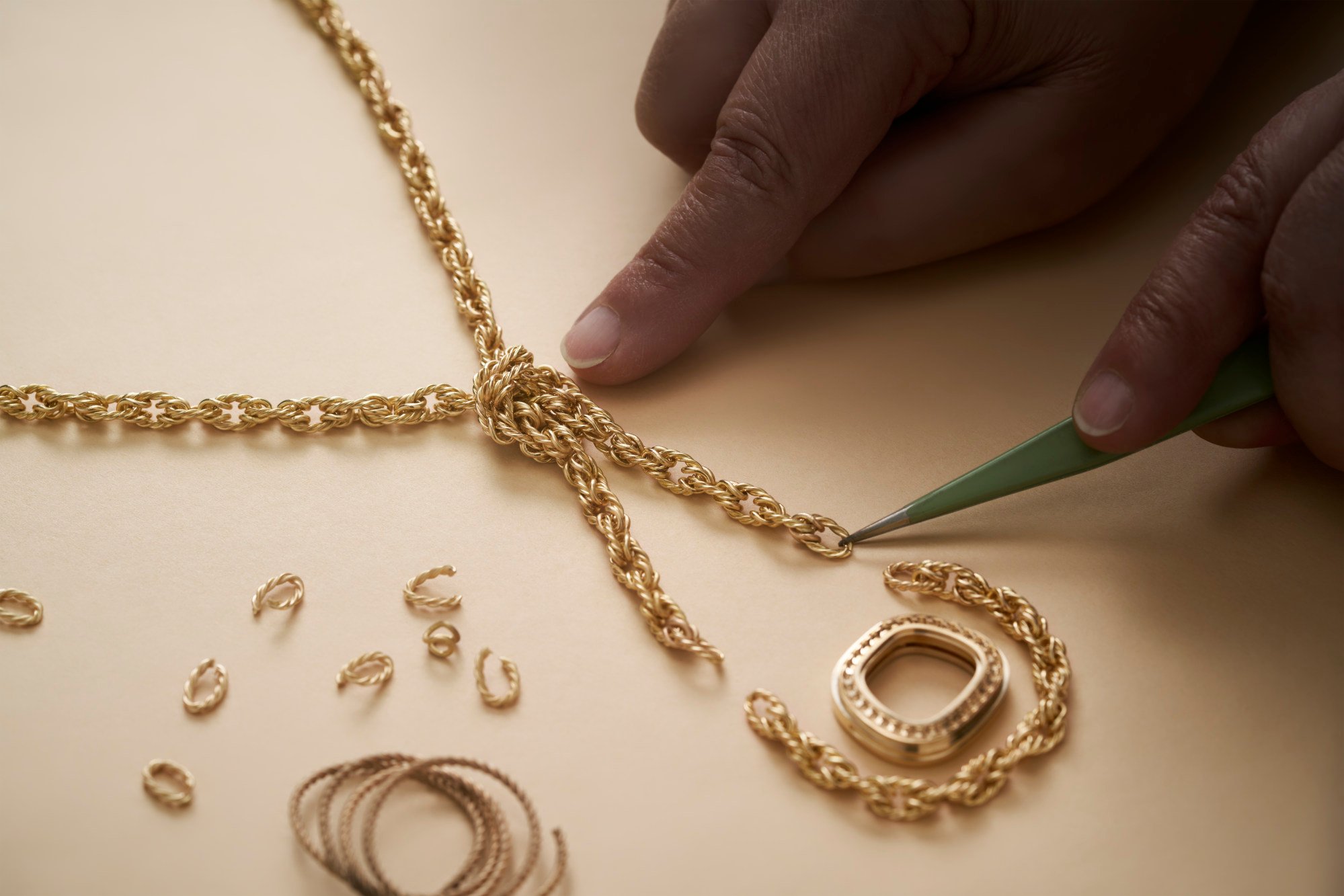
This is what Marie-Laure Serède, Cartier’s watch design director, expressed in the new jewelry watches she launched this year.
As Seredo points out, “Reflections de Cartier” is a true sculpture for the wrist, straddling the line between watchmaking and jewellery with its bold shapes and volumes.
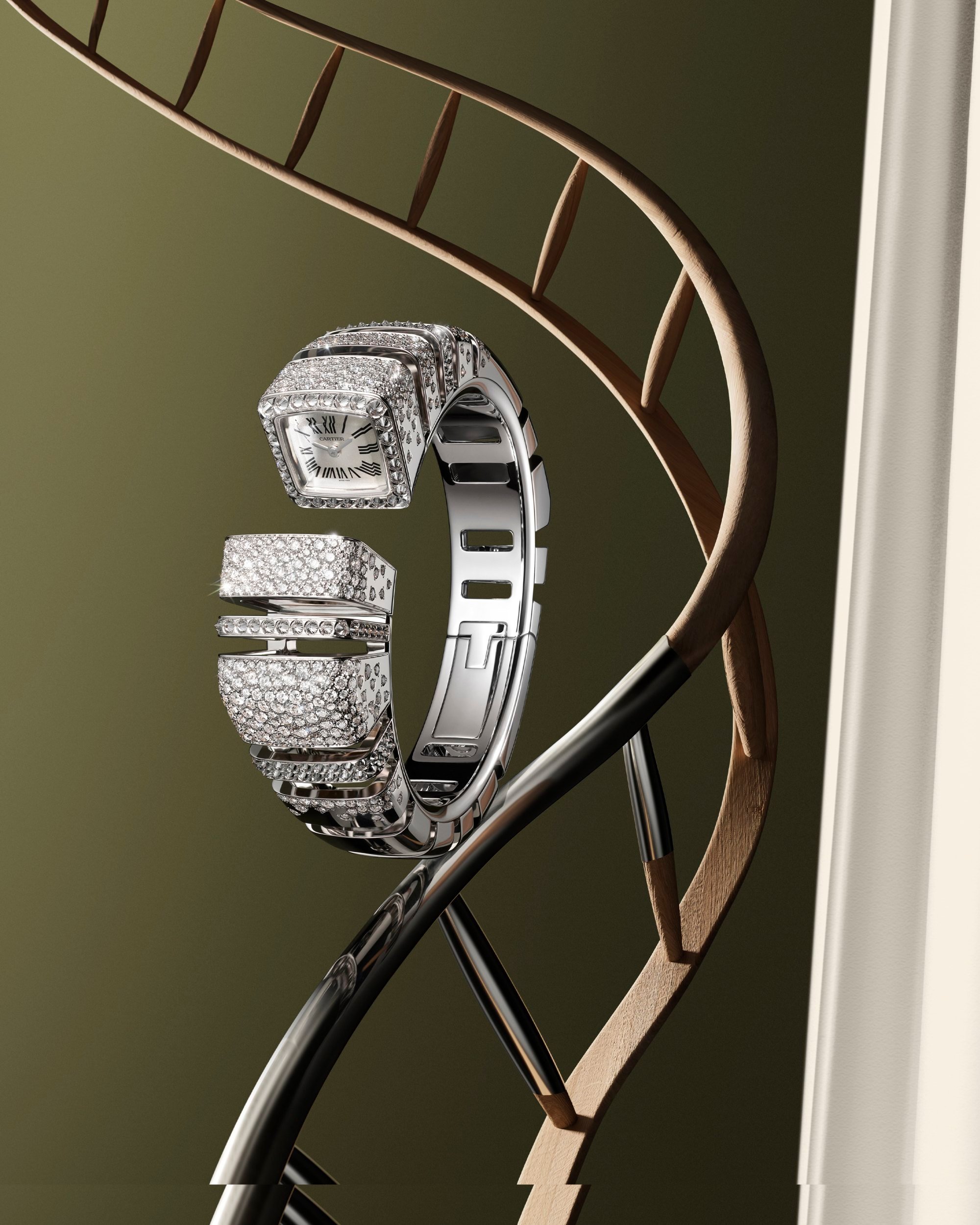
Meanwhile, Cartier’s menagerie is fully realized in bejeweled timepieces, bringing to life the house’s elegant yet ferocious symbol, the panther, alongside tigers and crocodiles.
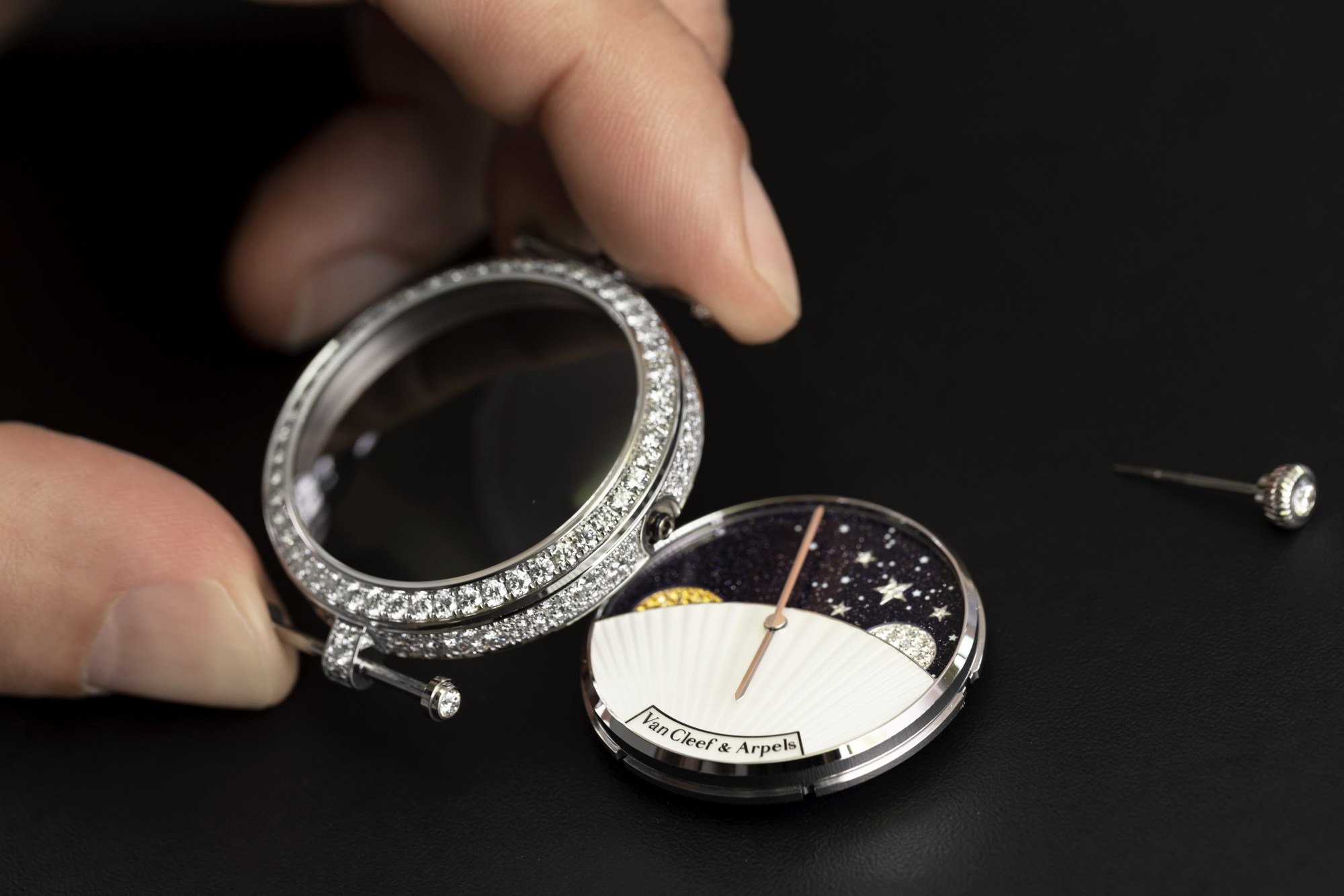
Perhaps the idea that time is merely a fantasy rather than a practical one is most beautifully expressed by Van Cleef & Arpels, which this year has channeled its astonishing technical prowess into the creations of such pieces as the Lady Arpels Breeze d’Eté watch, which causes butterflies to flutter across the dial at the press of a button, and the Lady Jour Nuit, whose aventurine dial features a 24-hour rotating disc that switches from a fluted yellow-gold sun to a diamond-set moon and stars.
A moment of enchantment? It feels like something worth tracking.

